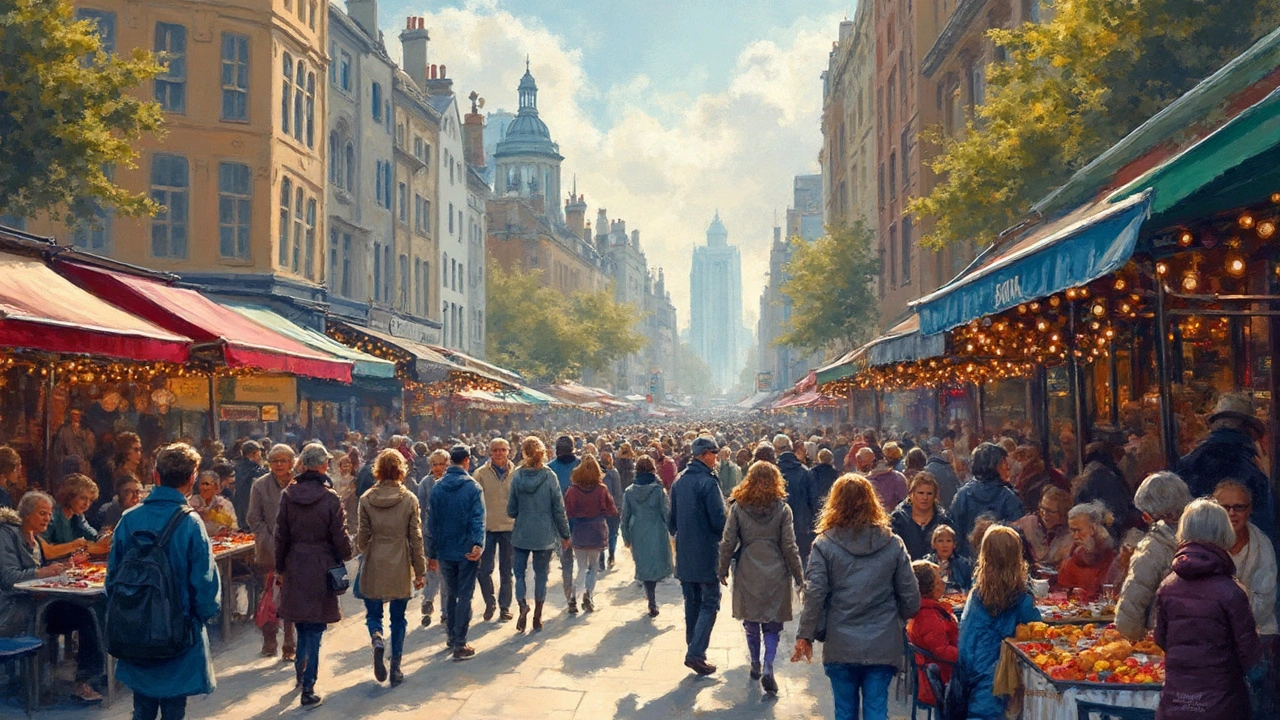Functionalism is a sociological perspective that views society as a complex system with interdependent parts working together to promote stability and harmony. By exploring how each element contributes to societal cohesion, we can better understand the intricate balance that keeps communities functioning smoothly. Discover how institutions, norms, and roles play critical roles in maintaining social order and what happens when these elements fall out of sync.
Social Harmony in Architecture: Design Moves That Bring People Together
Want a neighborhood where people actually meet and stay? Social harmony starts with design choices you can see and touch. Good buildings and streets make it easy to bump into neighbors, rest, and feel safe. Bad design hides people away and fragments daily life.
Think of a street with benches, trees, and shops at ground level. People stop, talk, and linger. Now imagine the same street lined with tall blank walls and no seating. Which one feels friendlier? That's the power of small, specific decisions.
Design elements that build social harmony
Make public life visible. Ground-floor windows, active storefronts, and porches turn buildings into places for social life instead of barriers. When interiors face the street, people watching becomes natural and safe.
Prioritize human scale. Streets, doors, and windows sized for people—not cars—encourage walking and chance encounters. Low-rise housing with front stoops or balconies helps neighbors see and greet each other without stepping into private space.
Create adaptable public space. Plazas, pocket parks, and widened sidewalks that host markets, performances, or food stalls let different groups use space in their own way. Flexibility beats one-use squares that sit empty most of the week.
Design for comfort and inclusion. Shade, seating at multiple heights, clear sightlines, and accessible paths make spaces usable for kids, seniors, and people with disabilities. When everyone can stay comfortably, interactions rise.
Mix uses and tenures. Buildings that combine shops, offices, and homes keep streets active at different times. A healthy mix reduces dead hours and builds safer, more social places.
Practical steps for neighborhoods and projects
Start small. Test a curb extension, a weekend market, or a parklet. Low-cost pilots show what works and invite local feedback before big investments.
Work with local groups. Ask residents about daily routines, favorite spots, and missing amenities. When people shape a place, they use and protect it more.
Use art and heritage to connect people. Murals, restored facades, or community-built installations tell local stories. They give residents symbols to rally around and visitors something memorable to talk about.
Plan for mobility that links places. Safe crosswalks, bike lanes, and good transit help people reach shared spaces without worrying about parking or traffic. When getting there is easy, more people show up.
Keep maintenance simple and funded. Even great spaces fail if trash piles up or lights go out. Plan for long-term care and clear roles for who looks after public assets.
Social harmony in architecture is about small, practical moves that add up: visibility, comfort, flexibility, and ongoing care. Try one change today—add seating, open a pop-up market, or restore a storefront—and watch how people start to reconnect.

